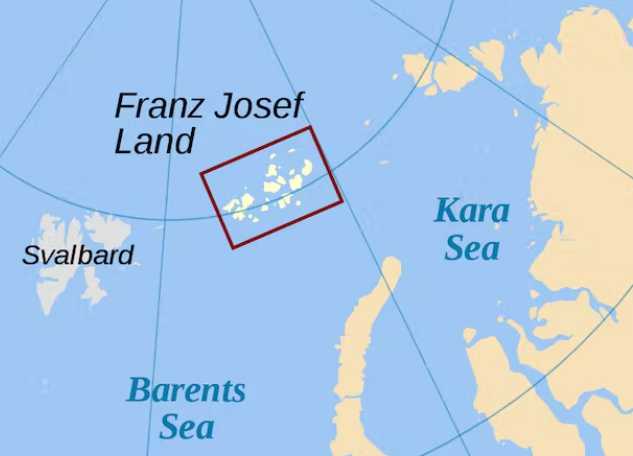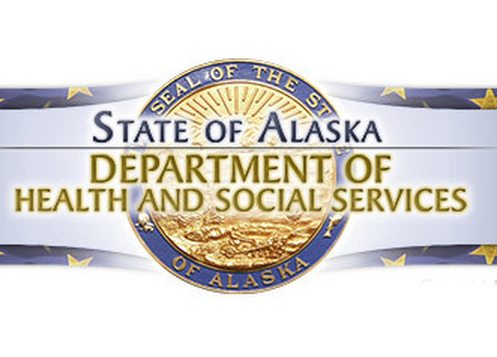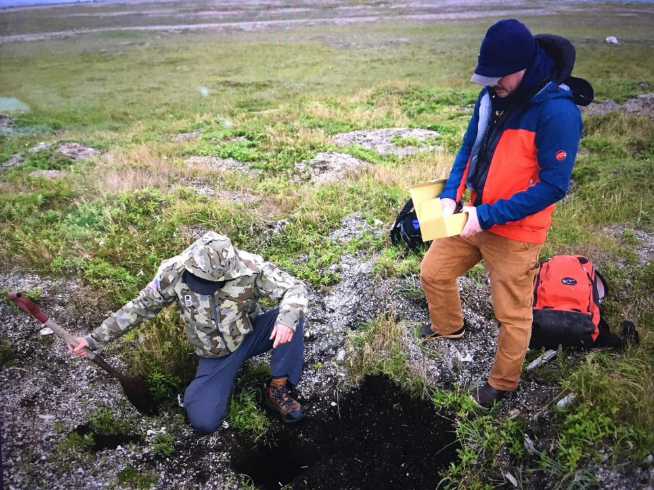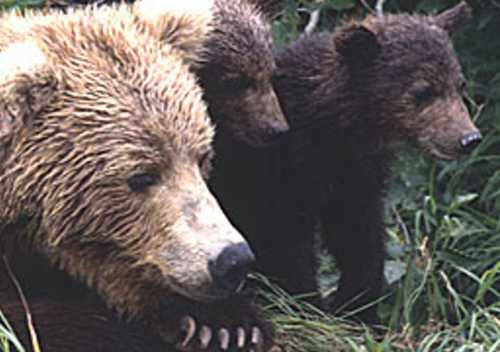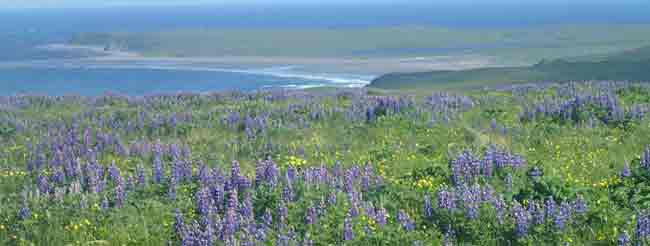
More than half a century after they were taken from Chirikof Island, human remains representing at least 109 Alutiiq people will return to the Kodiak region. On Thursday, February 23, the U.S. Fish & Wildlife Service will transfer the remains to the Alutiiq Museum, Kodiak’s tribal repository, as a step in their repatriation to the Alutiiq community.
Collected in 1962 by physical anthropologists, the remains are largely from the Russian Orthodox cemetery in the historic village of Ukamak. About 100 miles south of Kodiak Island, Ukamak was the site of a Russian Artel from 1798 to 1867. Here, Alutiiq people lived and harvested sea lions, sea birds, and squirrels for the Russian American Company.
The remains of one hundred and three individuals come from the Ukamak cemetery, which was badly damage by coastal erosion in the early 1960s. Church records indicate that the cemetery was used till about 1870. They also provide the names of the individuals interred. Surnames link some of the dead to members of today’s Alutiiq community, demonstrating direct ancestral ties.
The remains of six additional people come from other Chirikof settlements and represent the region’s late prehistoric residents.[xyz-ihs snippet=”adsense-body-ad”]Since their collection, the human remains have been held by two universities–the University of Wisconsin Milwaukee and Indiana University at Bloomington. During this time, they were subjected to research without the knowledge or consent of the Alutiiq community, even after the passage of NAGPRA. The return represents the culmination of years of work by the Service, Alutiiq Museum, and Sun’aq Tribe, and an important step in closing a painful chapter in Alutiiq history. Alutiiq Museum Executive Director April Laktonen Counceller explains.
“The Alutiiq Museum and Alutiiq community have worked for over fifteen years, under three different museum directors, to bring these people home. I am so grateful that the Fish and Wildlife Service did not give up. We have also been helped by numerous others. The Russian Orthodox Church, St. Herman Theological Seminary Archives, Sun’aq Tribe, and Senator Dan Sullivan have all advocated for this homecoming, and I am truly grateful for their support.”
The Alutiiq Museum will hold the remains while the repatriation process unfolds. Federal law requires that such collections be inventoried to provide an accurate summary of their contents. Then, a notice summarizing the inventory must be published in the federal register. The Service is currently completing the federal notice, a process that will take several months. When the process is complete, the Sun’aq Tribe plans to file a repatriation claim on behalf of all Kodiak Alutiiq people.
While the Alutiiq Museum does not normally hold human remains, the Alutiiq Heritage Foundation Board of Directors, in consultation with Sun’aq tribal leaders, agreed that this was a unique circumstance. According to Counceller, community leaders felt that it was most appropriate to return these Alutiiq people to their homeland as soon as possible.
“There were other facilities that could have accommodated the remains during the repatriation process, but we wanted them to be cared for in Kodiak and in our own museum. The Kodiak Alutiiq repatriation council identified reclaiming our Chirikof ancestors as their top priority. There was no reason to wait any longer,” she said.
Alutiiq Elders, Sun’aq tribal leaders, Alutiiq Heritage Foundation directors, and museum staff members will gather on Thursday evening to privately greet the remains and acknowledge their return to the Alutiiq community. Father Innocent Dresdow, of Kodiak’s Holy Resurrection Cathedral, will provide an Orthodox blessing.
The Alutiiq Museum is a non-profit organization dedicated to preserving and sharing the history and culture of the Alutiiq, an Alaska Native tribal people. Representatives of Kodiak Alutiiq organizations govern the museum with funding from charitable contributions, memberships, grants, contracts, and sales.
Source:Alutiiq Museum [xyz-ihs snippet=”Adsense-responsive”]

